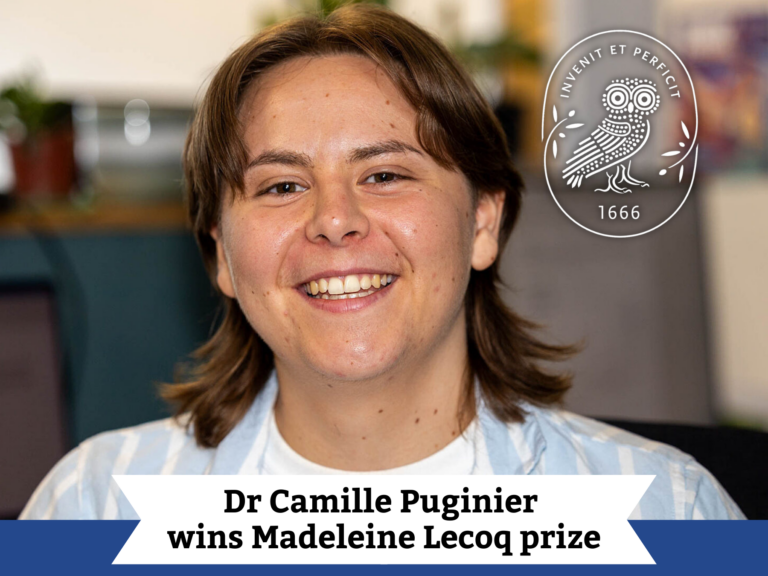Dr Nicola Patron establishes first common standard for assembly of DNA parts in plant SynBio

Dr Nicola Patron of The Sainsbury Laboratory, Norwich, has led development of the first common standard for the assembly of DNA parts for plant synthetic biology. This work was supported by OpenPlant (http://openplant.org/), a collaborative Synthetic Biology Research Centre between the University of Cambridge, the John Innes Centre and The Sainsbury Laboratory funded by BBSRC/EPSRC.
Published today in New Phytologist as a Viewpoint article, this standard has been agreed between the inventors and developers of several Type IIS cloning technologies, the leaders of numerous plant bioengineering consortia and leaders of international plant science.
In the article, Nicola and her co-authors describe a common syntax of twelve fusion sites to enable the facile assembly of eukaryotic transcriptional units.
The manuscript received favourable support in the peer review process. One reviewer commented that “ ...this is somewhat of a landmark publication that will massively influence all plant synthetic biology to come and shows the community in this field to be ahead of their colleagues in other areas.” Another remarked that “this paper will be a catalyst for further discussion around standardization not only in plants but in synthetic biology in general."
By establishing a standard for the wider plant community Nicola and her colleagues will facilitate the sharing of standard parts for plants between scientists. It also sets a basis for the development of software and hardware that will support accelerated design and automated assembly. Their vision is to develop an extensive catalogue of standardised, characterised DNA parts to accelerate plant bioengineering.
The establishment of a DNA assembly standard for plants is an important and timely step in plant synthetic biology.
Dr Jim Haseloff at the University of Cambridge said: “The publication of a common syntax for plant DNA parts is a landmark for the adoption of engineering principles in multicellular organisms. It is the result of wide cooperation between researchers across the plant biology field, and sets the scene for greater scientific exchange and innovation in crop improvement.”


